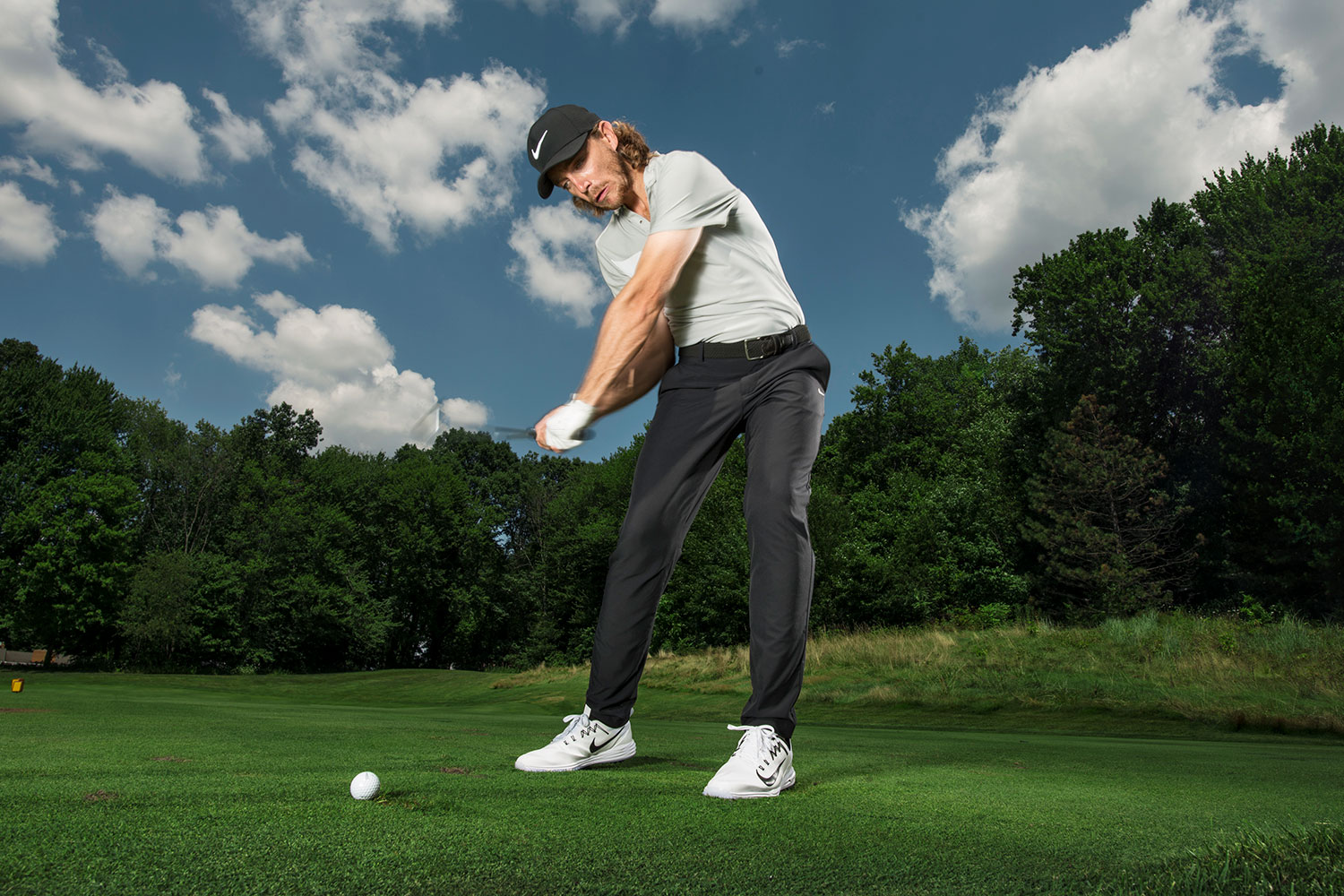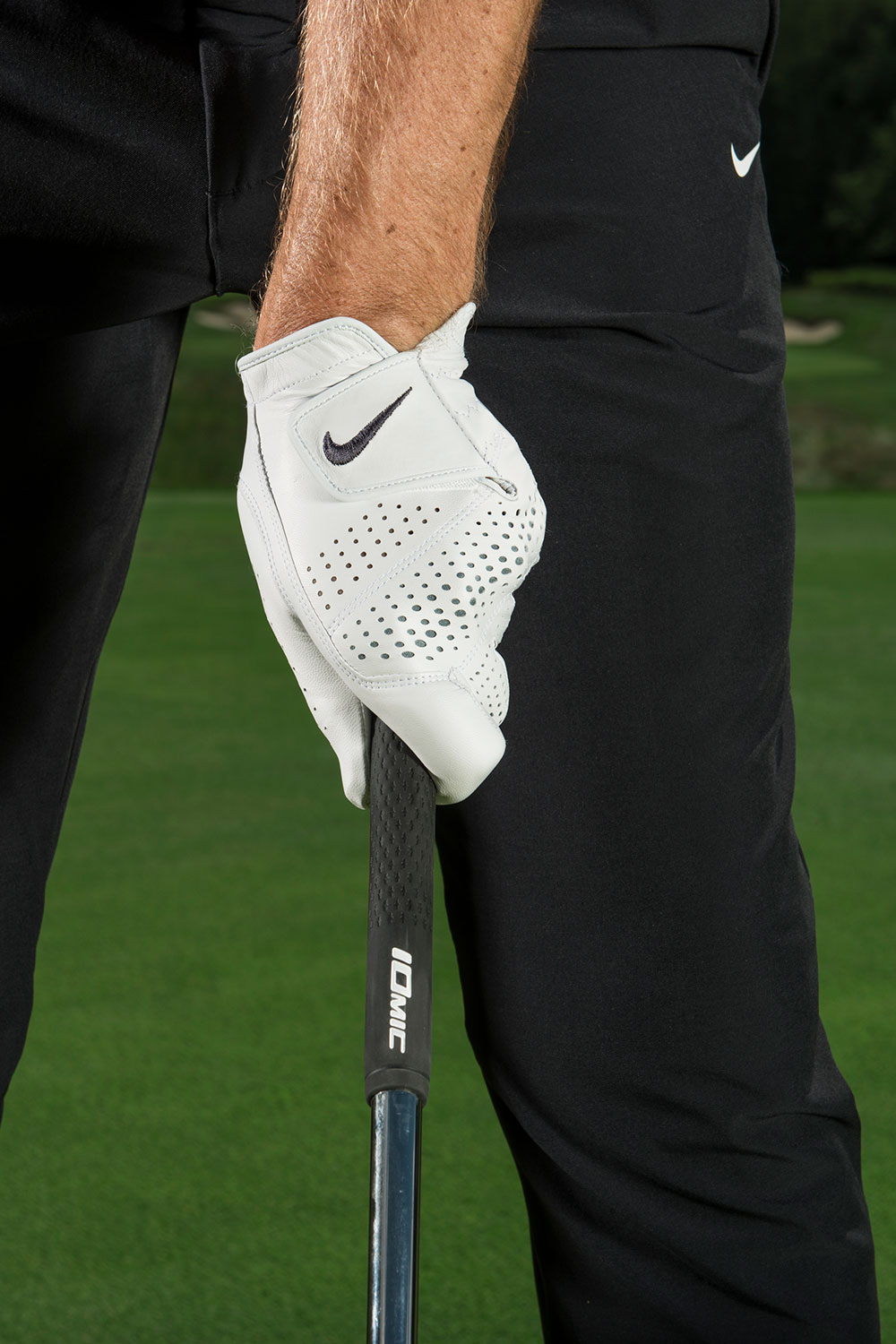When you’re hitting your irons great – and getting them closer to the hole – the game sure seems easy. You’re not putting pressure on your short game and adding the stress of constantly grinding for pars and bogeys. You can be freer off the tee with your driver, too, because you’re excited to handle the shot that comes after it. You have the chance to think more aggressively and let your confidence feed itself. I’ve had some great stretches this year when it seemed like almost every iron was right at the flag. At the Abu Dhabi HSBC Championship in January, I made six birdies over the final nine holes to defend my title. And in the third round of the Masters in April, I made five birdies in a row starting at Amen Corner. I don’t know if you can ever be disappointed walking off Augusta National with a 66, but I definitely left even more out there that day with the putter. To hit more greens, I’ve found you need better control of your body and club when you swing, as well as adjusting your strategy to best utilise how you’re hitting shots on any particular day. To help you with that, I’m going to show you some of what I work on with my coach, Alan Thompson. These tips and drills keep my iron game sharp when I’m on tour and get it back to where it needs to be after I’ve taken time off – like I did in 2017 when my son, Franklin, was born. Even after missing a month of tournaments and a lot of practice time last year, I still led the European Tour in greens in regulation (76 percent). If you’d like to hit 14 out of 18 greens every time you play, we’ve got a little work to do.
Let’s get started.
Keep Your Angles
It’s hard to be a good ball-striker if you have to rely on your hands to fix a problem created by your body. Compare the two photographs of me [top] and [below]. My spine angle hasn’t changed. And when you compare where my club is at address and impact, it has a similar look, too. The angles between my upper and lower body and the shaft remain the same from address through impact. If they were to change, I’d have to do something extraordinary with my hands at the last second to alter the path of the club so I can make decent contact. The message: to hit it solid time after time, try to keep your spine angle consistent until the ball is gone.

Backhand the ball
 If you’re having trouble with the direction of your shots, it’s mostly because of what’s happening to the clubface through impact. My miss tends to be a hook, but I’m guessing you slice the ball more often. That means the clubface is open in relation to your swing path at impact. Use the logo of your glove, or the back of your hand, to get better control of the face. If you’re a slicer, grip the club with your glove hand so that you can clearly see the logo on the back of it – which is a stronger hand position [left]. Now hit shots trying to get that logo, at least, facing the target as you hit the ball. This will help close the face and straighten out that slice.
If you’re having trouble with the direction of your shots, it’s mostly because of what’s happening to the clubface through impact. My miss tends to be a hook, but I’m guessing you slice the ball more often. That means the clubface is open in relation to your swing path at impact. Use the logo of your glove, or the back of your hand, to get better control of the face. If you’re a slicer, grip the club with your glove hand so that you can clearly see the logo on the back of it – which is a stronger hand position [left]. Now hit shots trying to get that logo, at least, facing the target as you hit the ball. This will help close the face and straighten out that slice.
Preserve the connection
 On any full swing, my goal is to keep the club in front of my body throughout, which makes it easier to hit the ball where I want it to go. If you swing the club behind your body, or loop it over the top of the target line on the downswing, you’re going to really struggle to hit the ball accurately. One simple way to get the feeling of what it’s like to keep the club in front of your body is with this drill: pull the extra fabric of your shirt under your left arm at address [below]. Make swings trying to keep that fabric tucked under the arm. To do that, your club, arms and body have to move together like they should in a synced-up swing.
On any full swing, my goal is to keep the club in front of my body throughout, which makes it easier to hit the ball where I want it to go. If you swing the club behind your body, or loop it over the top of the target line on the downswing, you’re going to really struggle to hit the ball accurately. One simple way to get the feeling of what it’s like to keep the club in front of your body is with this drill: pull the extra fabric of your shirt under your left arm at address [below]. Make swings trying to keep that fabric tucked under the arm. To do that, your club, arms and body have to move together like they should in a synced-up swing.
Go with what you got
Even the pros don’t hit the ball the same way every day. Sometimes I’ll warm up and a certain kind of shot or ball flight feels better than another. When I move from the range to the course, I’ll go with whatever swing feels good that day. It’s better than trying to force a shot shape I struggled to produce. When you’re not hitting it your best, change your strategy – and the way you judge success. For example, on a day when you’re fading it more than you usually do, don’t try to go for a front left pin. Just try to get the ball anywhere on the putting surface. A green in regulation means you did something good. Don’t ever forget that.

